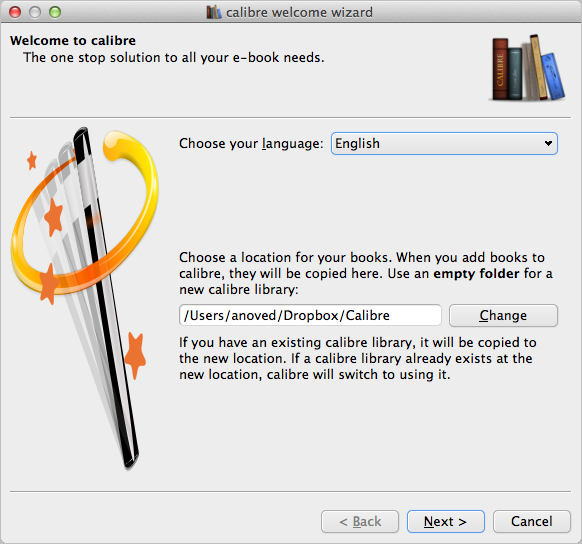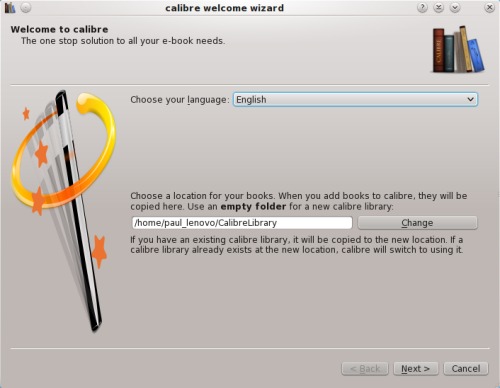

- #Calibre library help how to#
- #Calibre library help install#
- #Calibre library help update#
- #Calibre library help software#
Later, we’ll take a look at how to automate this process too. We’ve created two directories: the first, ~/calibre-library is the one that Calibre will organize automatically, while we’ll add books manually to the toadd sub-directory. Run the following commands: mkdir ~/calibre-library This example creates the directory in your user’s home directory, although you could place it anywhere on the server.
#Calibre library help install#
Install ImageMagick: sudo apt-get install imagemagick
#Calibre library help update#
Update your package lists: sudo apt-get update

To install these just run the following commands. The first is ImageMagick, without which calibredb won’t run and the second is xvfb which we’ll use to run calibredb in a virtual X display server – in order to sidestep issues caused by running Calibre in a non-display environment. We’ll take a look at how to use some of these commands later, but for now we’ll just install two dependencies. The Calibre command line tool calibredb is used for various operations on your Calibre library, such as adding or importing books, and fetching metadata and covers for books. You will notice some warnings about failed desktop integration, but these are safe to ignore, since you are installing Calibre on a remote server. Install Calibre (make sure you scroll to get the entire command): sudo -v & wget -nv -O- | sudo python -c "import sys main=lambda:('Download failed\n') exec(()) main()" Before running the command, please double-check the official Calibre site in case the command has been changed. Just run the following Python command on your server. Luckily, the creators of Calibre have made this very simple to do. Calibre is updated very frequently and the version in the repos tends to lag behind.
#Calibre library help software#
Step 1 - Installing CalibreĬalibre is available from the APT software repositories, but as advised by its creators it is far better to install from the binaries provided on their website. Please make sure you have these prerequisites:Įxamples in this tutorial are shown for a Droplet running a fresh installation of Ubuntu 14.04, but they should be easily adaptable to other operating systems.

It also has a mobile-friendly site built in, making it easy to download books straight to an e-reader – even to ones with only the most basic web functionality.įor example, Calibre’s browser works with the Kindle Touch, which can download books directly even though the device only has an e-ink display and an experimental browser. The server includes a simple and elegant browser front-end that allows you to search for and download books from your library. And if you go traveling, you don’t need to worry about taking your ebook collection with you! Keeping your ebooks on a server is great, as you aren’t reliant on having the same reading device with you whenever you want to read. Calibre is a free and open source ebook manager.Īlthough Calibre is probably better known for its desktop client, it can also act as a powerful server, allowing you to access your ebooks from anywhere in the world (or share your collection with friends).


 0 kommentar(er)
0 kommentar(er)
